How to Find Materials for Your Old Home: An Expert Guide
Topic:
Remodel Old Home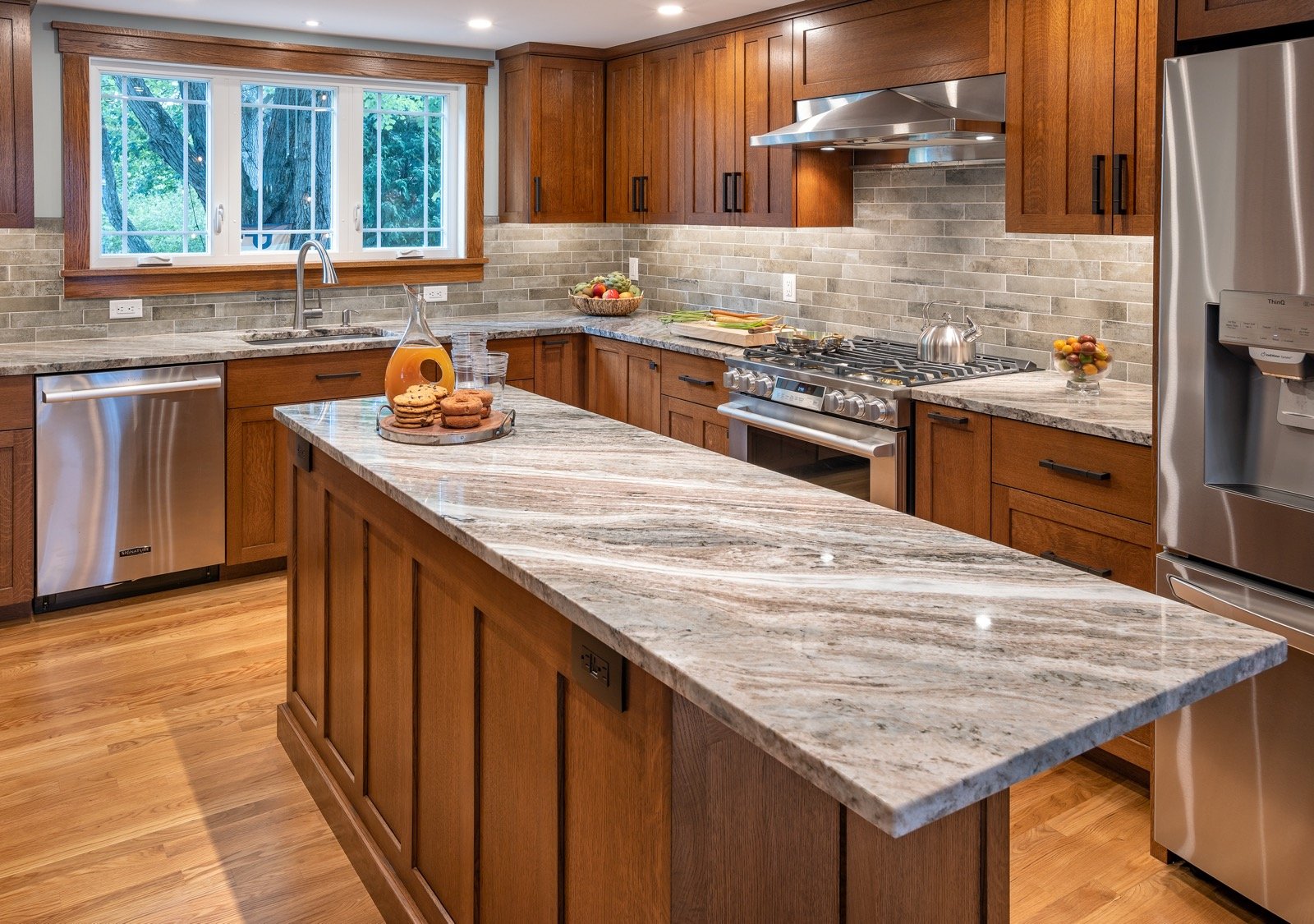
Remember when you drove through your neighborhood for the first time? Next door was some amazing Victorian era trim details on the porch - spectacular! Then there was a meticulously restored farmhouse down the road. The real estate photos that drew you to investigate the house you now call home showed a beautiful oak fireplace mantle in the primary bedroom, or maybe it was the honeycomb tile in the upstairs bath. Now you’ve been in this old house for a few years, and realize charm comes at a price. The mantle is still beautiful, but other millwork around the house needs to be replaced. The honeycomb tile can’t fix the tight layout of the bathroom. And then there’s the kitchen, with some incredible cabinetry that needs some upgrading, along with space and a layout made for another era.
It is time for a renovation, but how do you find and install the kinds of materials that make your older home so distinctive? Where do you find professionals with the knowledge and skill to work with these materials? It’s a major challenge you may not have thought about when you first moved in.
Researching Materials for Your Old Home Renovation
If you already love older homes, searching for just the right materials can be a fun aspect of the renovation process. If you don’t know where to look, this can enter needle in a haystack territory very quickly. Here are a few suggestions on specific materials common to older New England homes and where to find them.
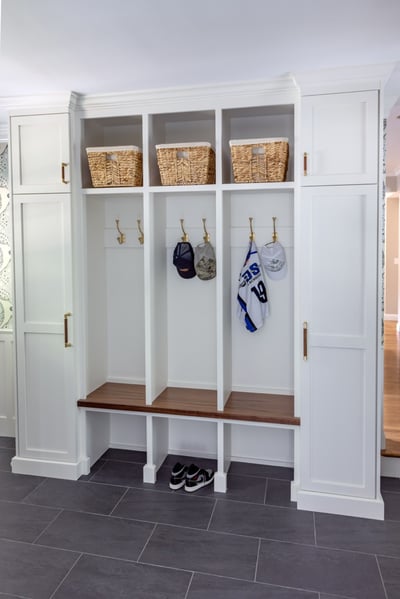 Brick and Granite Blocks - Renovation often means making changes to the exterior, like an addition, or making room for new windows and exterior doors. The challenge: period brick and granite can be hard to source and harder to match with the existing structure. A good starting point is the local stone yard.
Brick and Granite Blocks - Renovation often means making changes to the exterior, like an addition, or making room for new windows and exterior doors. The challenge: period brick and granite can be hard to source and harder to match with the existing structure. A good starting point is the local stone yard.
- Timber - For those rooms in your home that feature hand-hewn beams, that’s not something you can just pick up at the local big box lumber section. Fortunately, you have options. New England is still home to some excellent timber framers where this work is done right in their shop. The timber framer might have some old timbers from pasts projects that he is willing to sell you. Another option is a salvage yard where they specialize in barn tear-downs and similar projects.
- Specialty Glass - Often older homes have special glass, like leaded or stained glass that are a bit of a showpiece of the home. When remodeling, code compliance comes into play. For windows, this means U-Value (the insulation value) needs to come up to current standards. Along with repairing older glazing, upgraded windows can be double paned. This will serve to both protect stained glass or other specialty glass, and bring the windows up to code. For replacement glass, look to salvage yards.
- Trim work - The trim work for window and door casings in your older home often did not come off an assembly line, but was likely crafted in a local mill. Even trim that was produced in quantity long ago is difficult to find. These days, a portion of the original trim can be used as a template. A millwork company can then “cut a knife” that will shape new trim to match the old.
- Staircases - Older homes often have a primary staircase that is fairly spacious and easy to navigate, but still may need some repairs. Sometimes, in the back, often from the kitchen to the upstairs, you can find staircases that are cramped, narrow, and downright dangerous. Often, these staircases feature treads narrower than the length of your foot, or risers that are too low or too high. This kind of staircase is not only dangerous but well out of code. In order to replace it, you’ll need to match the type of wood on the treads, and the handrail profiles. A skilled craftsperson can replicate the stairs themselves, and a local millwork company can recreate details like handrail and newel posts, and replace broken balusters.
- Flooring - For so many of us, distinctive wood flooring is one of the big things that draws us to older homes. There are the wide planks of an old farmhouse, or narrower wood laid out in a distinctive pattern. A lumber mill can manufacture wide boards or you could source them from a flooring supply company that specializes in antique flooring.
- Roofing Materials - Whether slate, cedar, or copper, roofing can be a very distinctive feature of an older home. It can also be tough to replicate and repair. Most roofing materials vendors can source these materials, but time may be a factor, as fabricating or locating the material can be a time consuming process.
- Siding and Exterior Trim - Older homes often were clad with wood shingles or clapboard, materials that fall victim to the elements over time. You want to find replacement materials that are fabricated to stand the test of time as well or better than the original. To locate the right materials, tradespeople skilled in older home renovation can be a good resource.
Finding the Right Tradespeople to Work with Materials in Older Homes
Another challenge in remodeling older homes is finding craftspeople with the skills to do this specialized work. 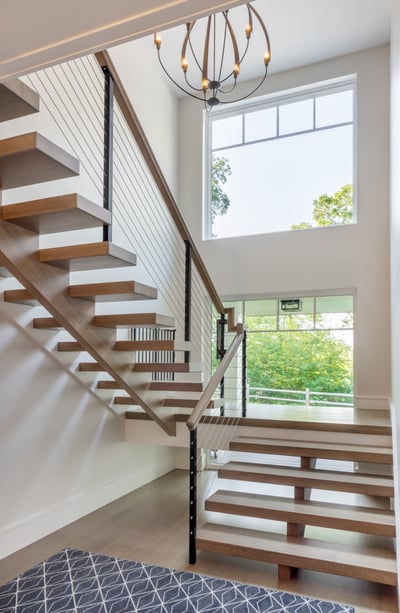 Often, the places you go to source the materials will have recommendations for contractors certified to work with that material. When you work with an experienced design-build company, they should have employees or long relationships with tradespeople with the skills to fabricate and install the materials that make your older home distinctive.
Often, the places you go to source the materials will have recommendations for contractors certified to work with that material. When you work with an experienced design-build company, they should have employees or long relationships with tradespeople with the skills to fabricate and install the materials that make your older home distinctive.
One trade we haven’t mentioned yet is the painter. In older homes, how you paint the interior or exterior of the home requires special skills. For instance, some Queen Anne style homes have many exterior accent colors that require skill and care to be done right. On the interior, older homes often have stencils which make the painted wall look like wallpaper. This in itself is a special skill set. If you’ve seen pineapple stenciled into an entryway, this is a symbol of welcome. But again, that level of detail takes patience and skill.
Finding the Right Fixtures to Fit Your Older Home
Some of the real fun of getting the details right on an older home remodel comes down to the fixtures. In the kitchen, for instance, you may want a farm sink and faucet that fits within the period of the home to maintain the character.
Finding period lighting can also be difficult to source. Perhaps you want to replicate the look of a gas lantern in the front entry in an exterior light fixture. In the interior, you want to replace the chandeliers in the foyer and dining room with something more fitting to the old home aesthetic. Often wall sconces in the bathroom are very unique to the style of the home. A good designer can help you source the right fixtures to meet the challenge.
Putting it All Together in an Old Home Renovation
You fell in love with the character of this older home, but renovation is inevitable, to meet your family’s changing needs, and to keep the home well maintained. Knowing how to find the materials and skilled tradespeople who understand older homes is a big win when it comes to doing renovations the right way.
Even better, for a renovation experience that gives you the support you need, look for a design-build company with experience renovating older homes. They will have the team, along with a repository of knowledge for sourcing the materials and a strategy to plan and execute a renovation that will make your home more functional while not taking away the charm and distinction that led to your choosing this home in the first place.
To learn more about home remodeling, especially when it comes to an older home, please read our eBook, “The Top 12 Things to Know Before Remodeling an Old Home.” And if you are ready to speak about renovating your older home, please schedule a home renovation discovery session.


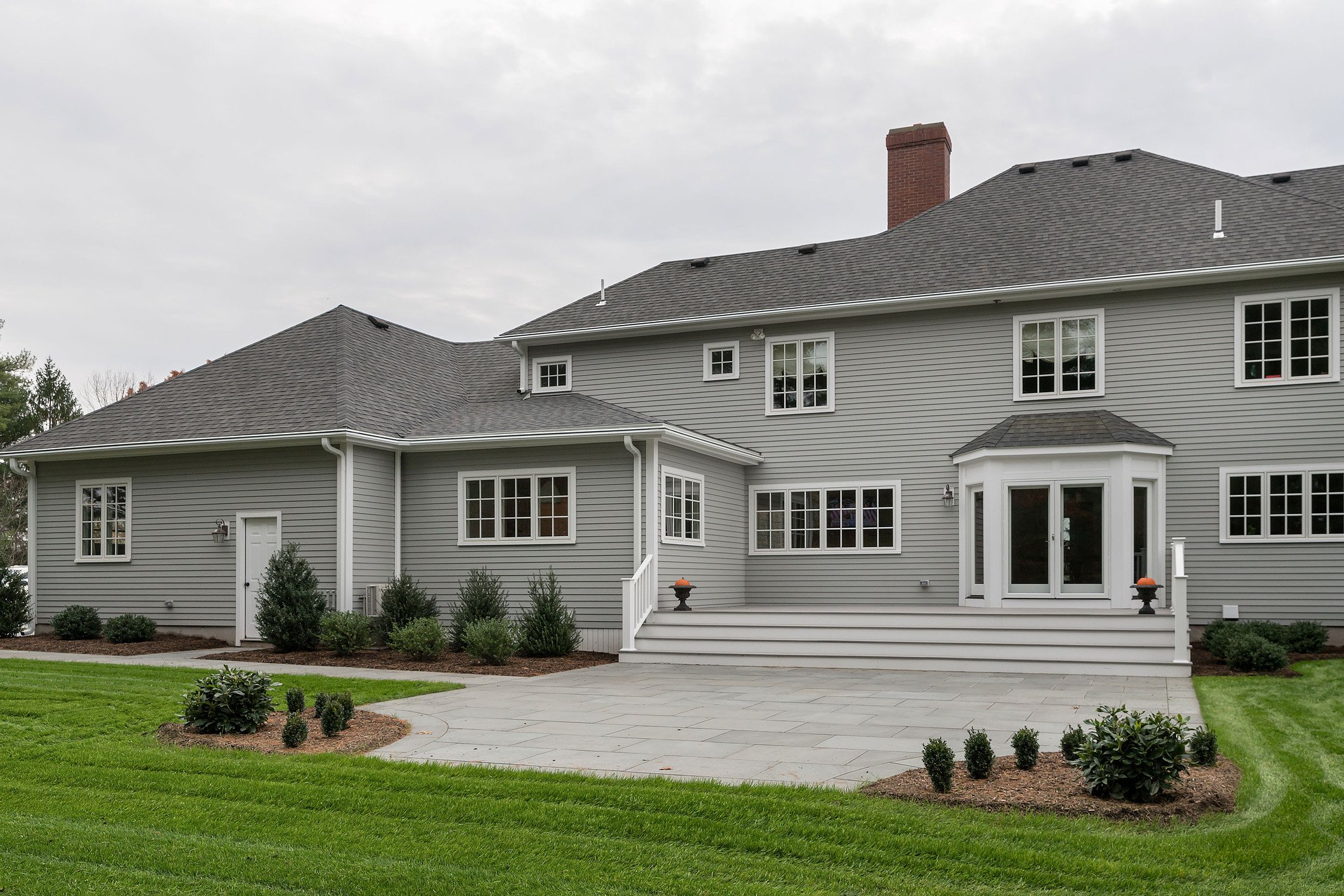
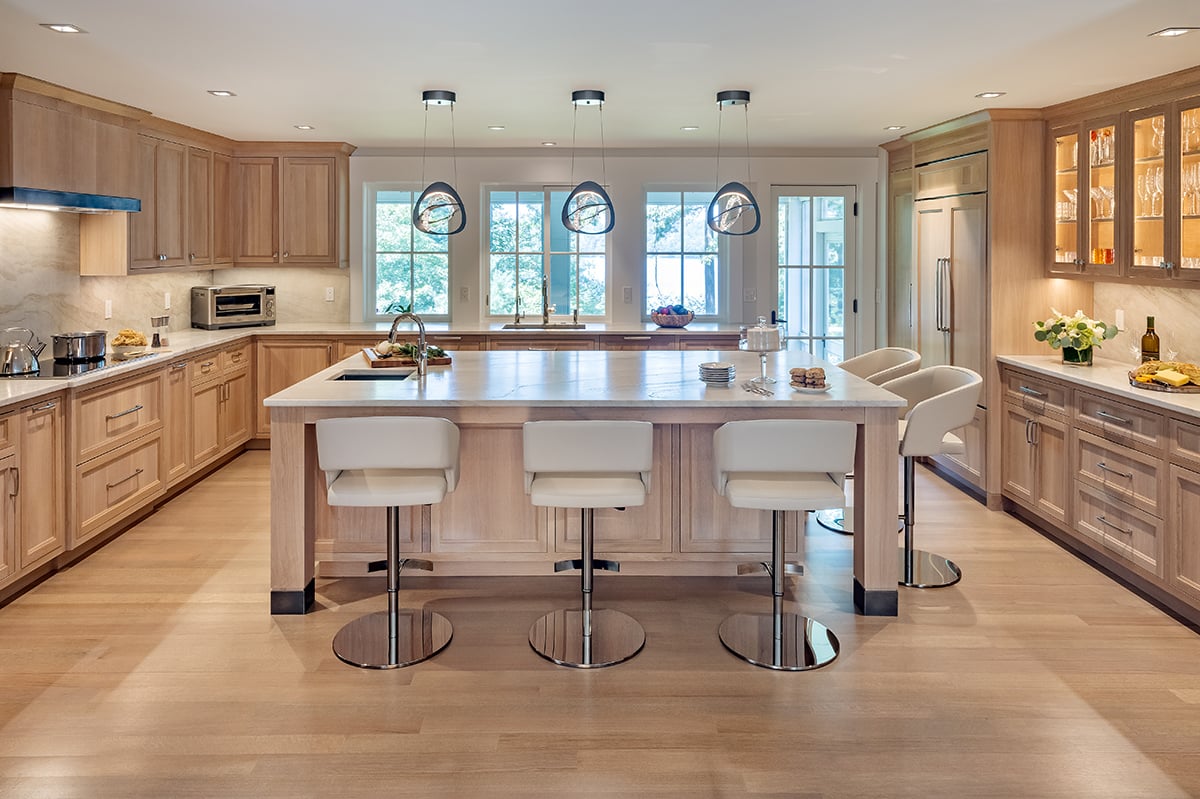
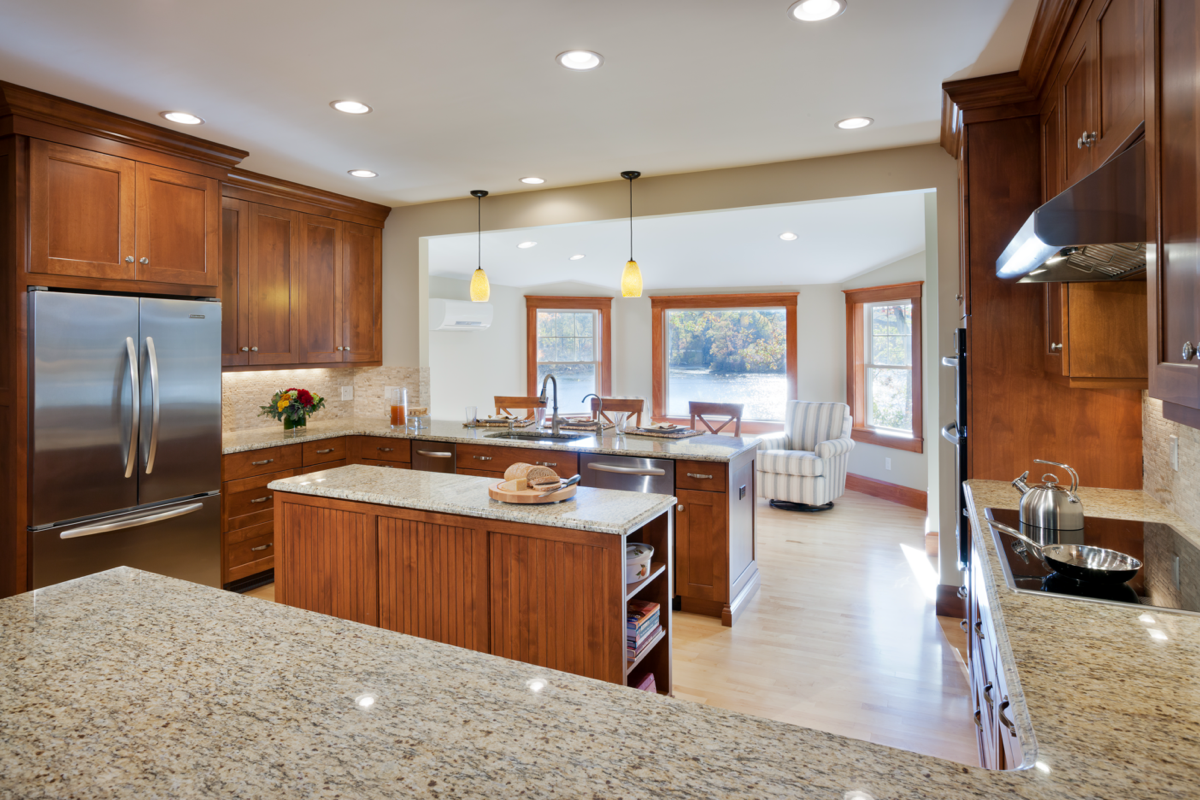
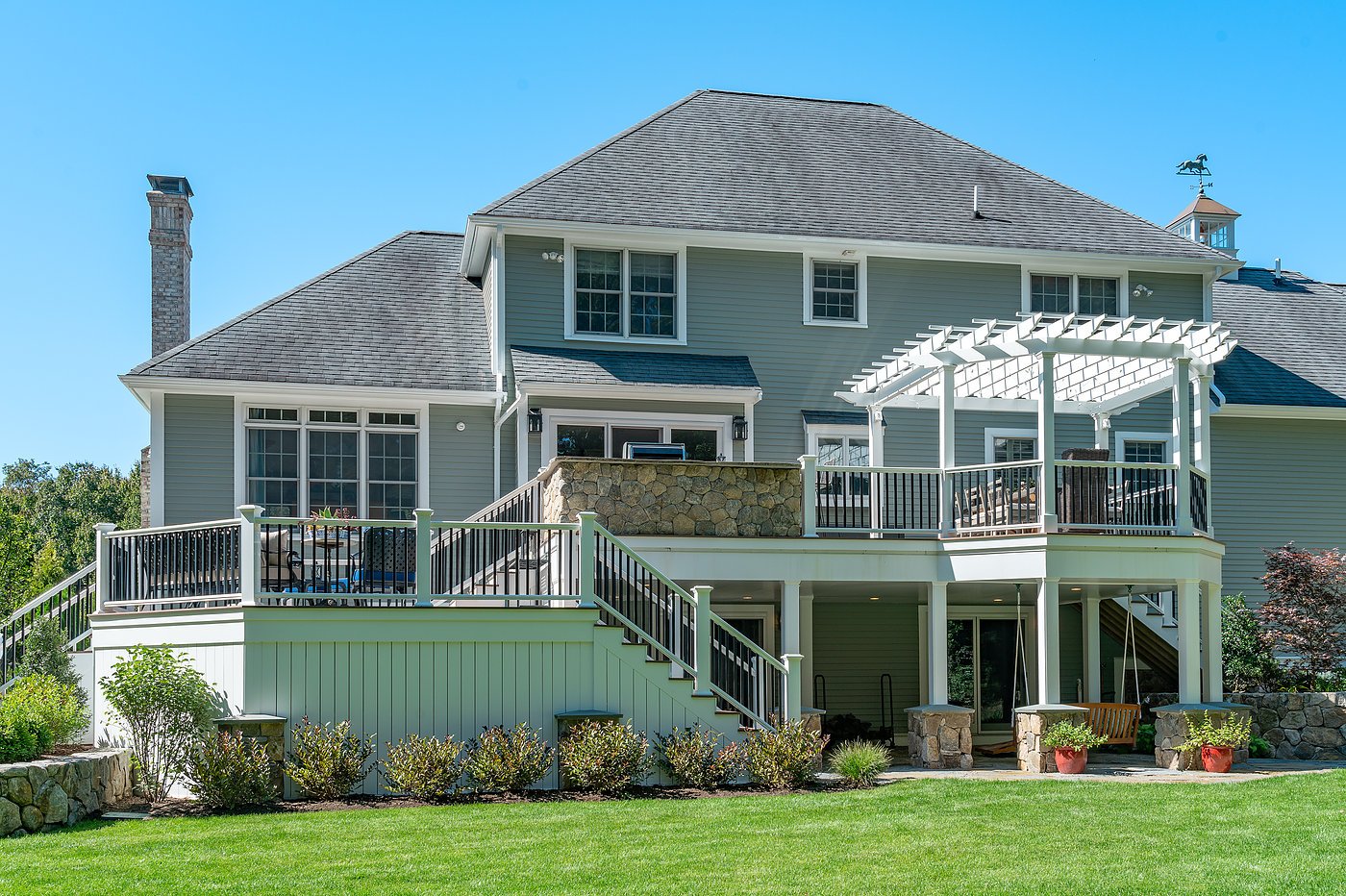
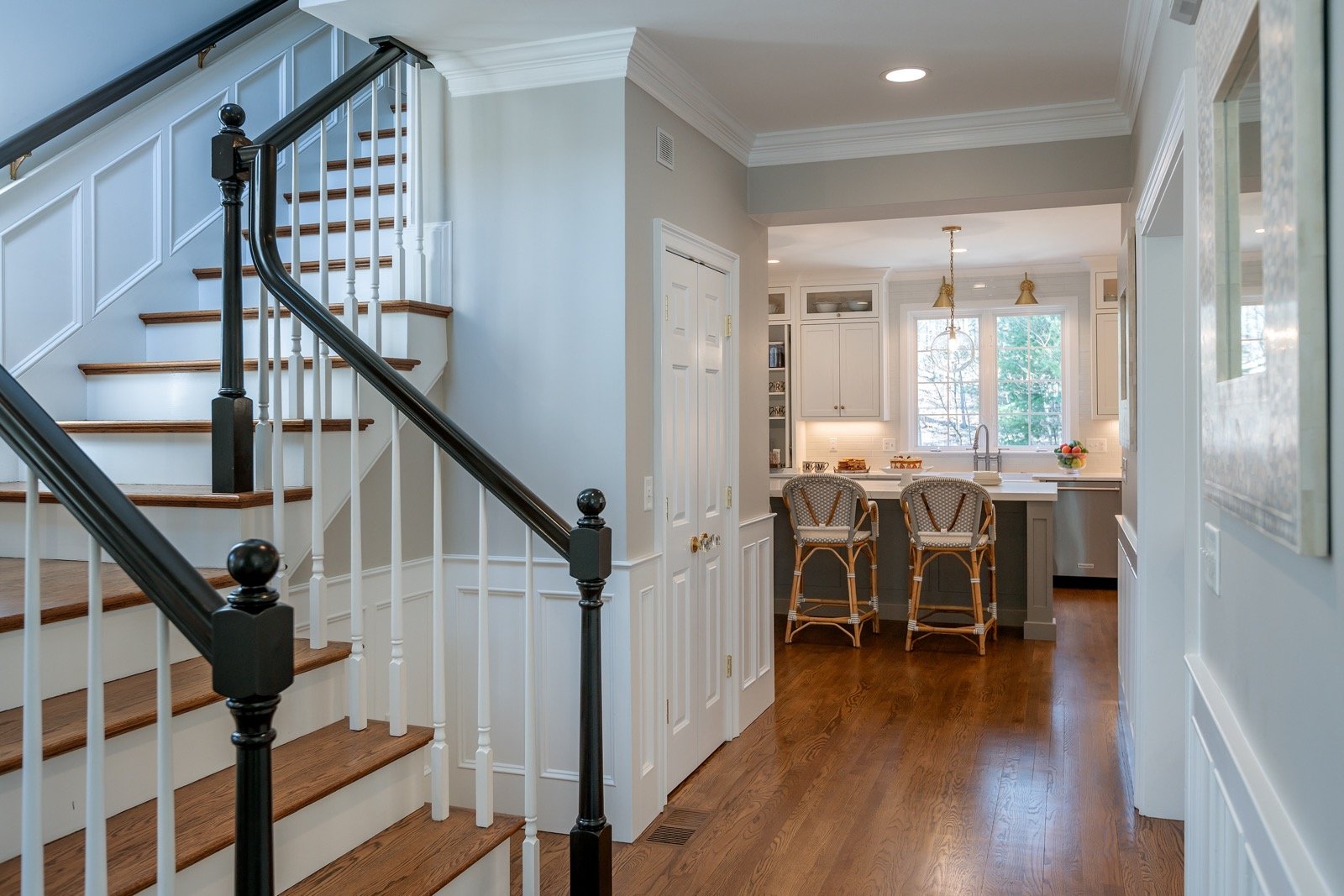
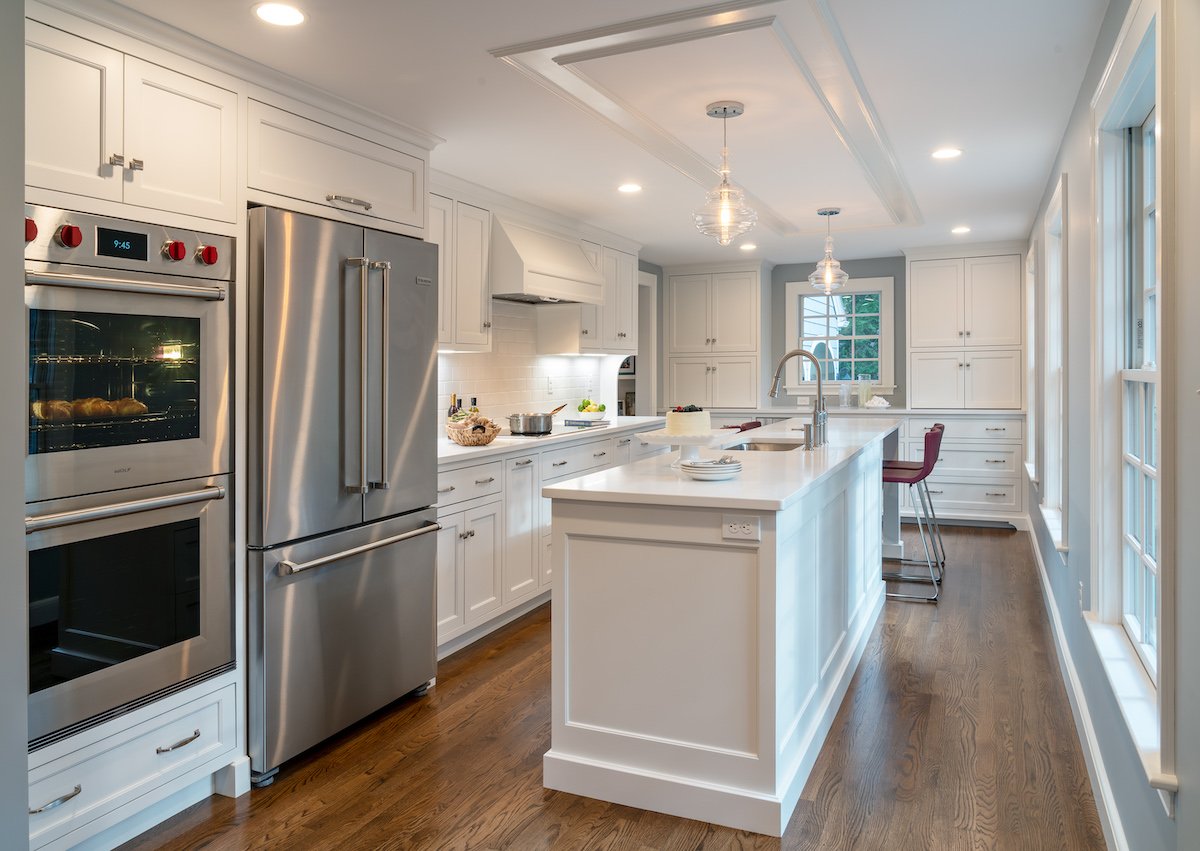
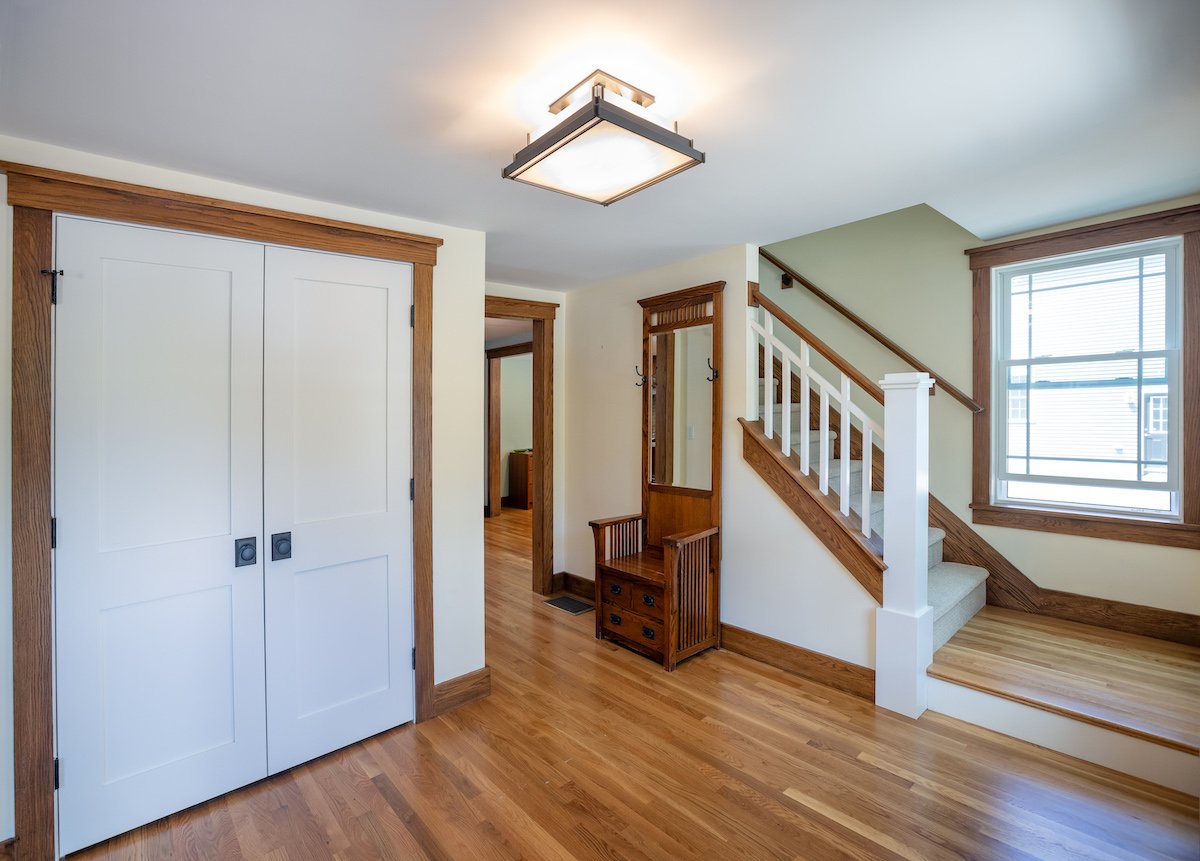
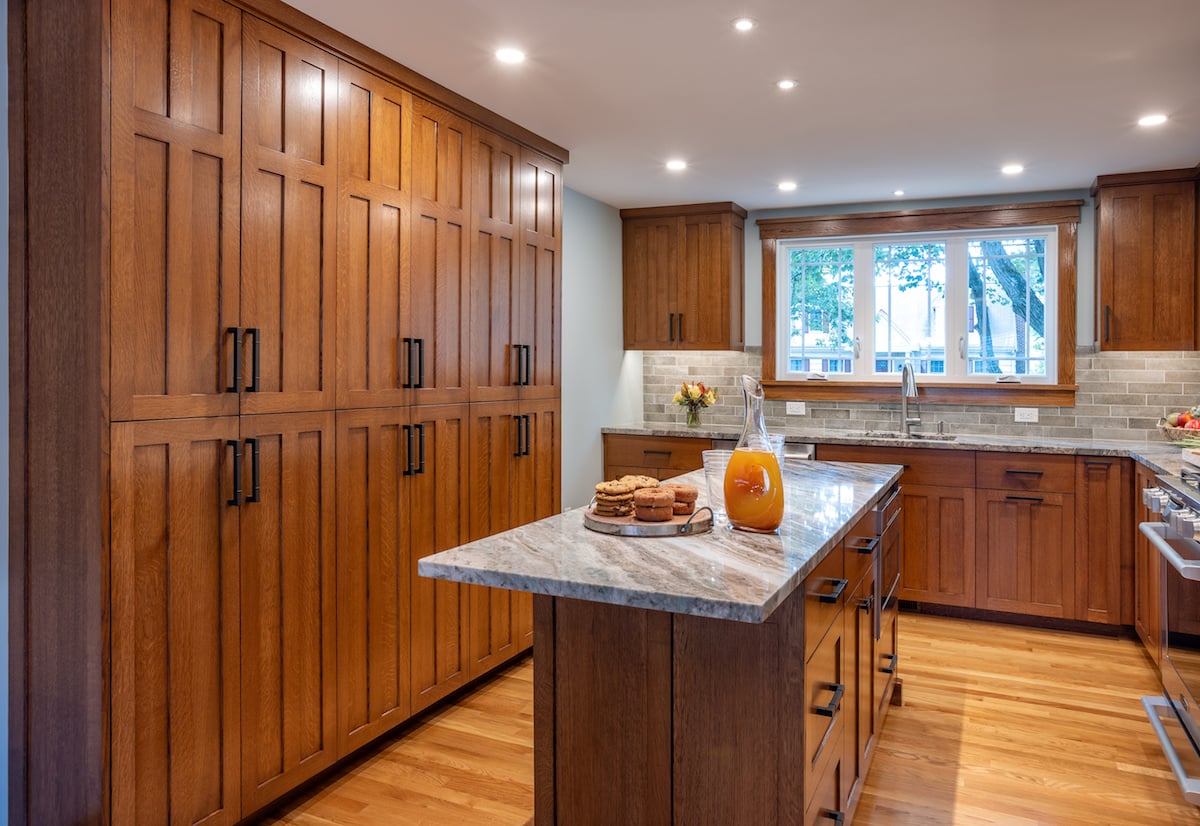
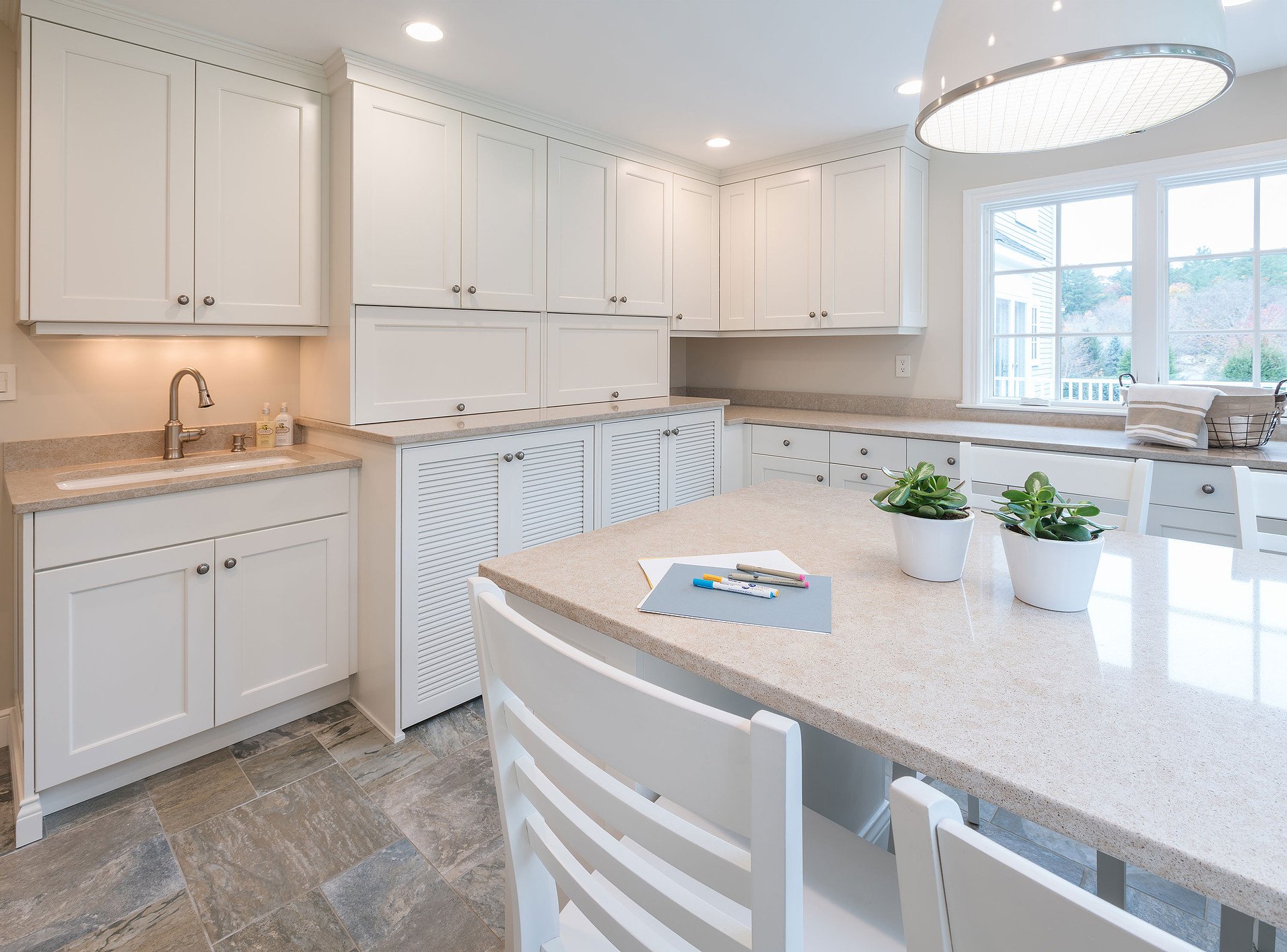
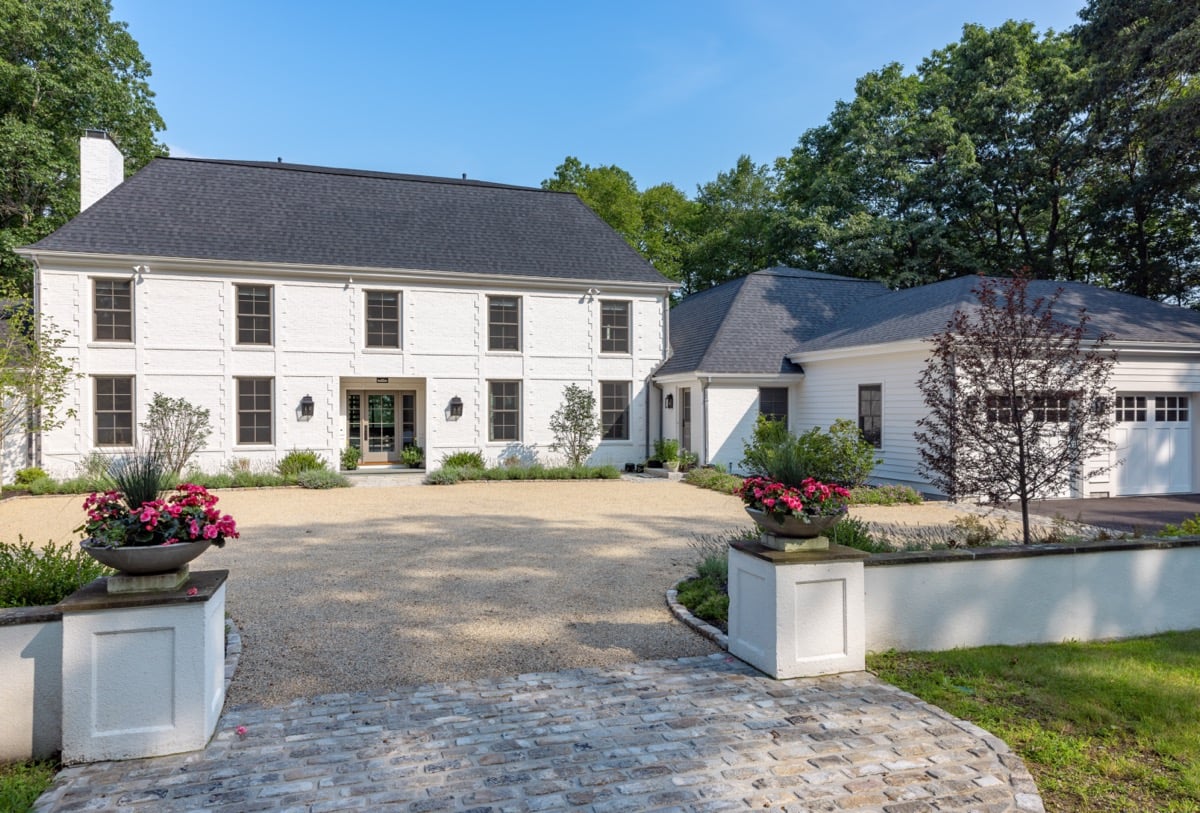

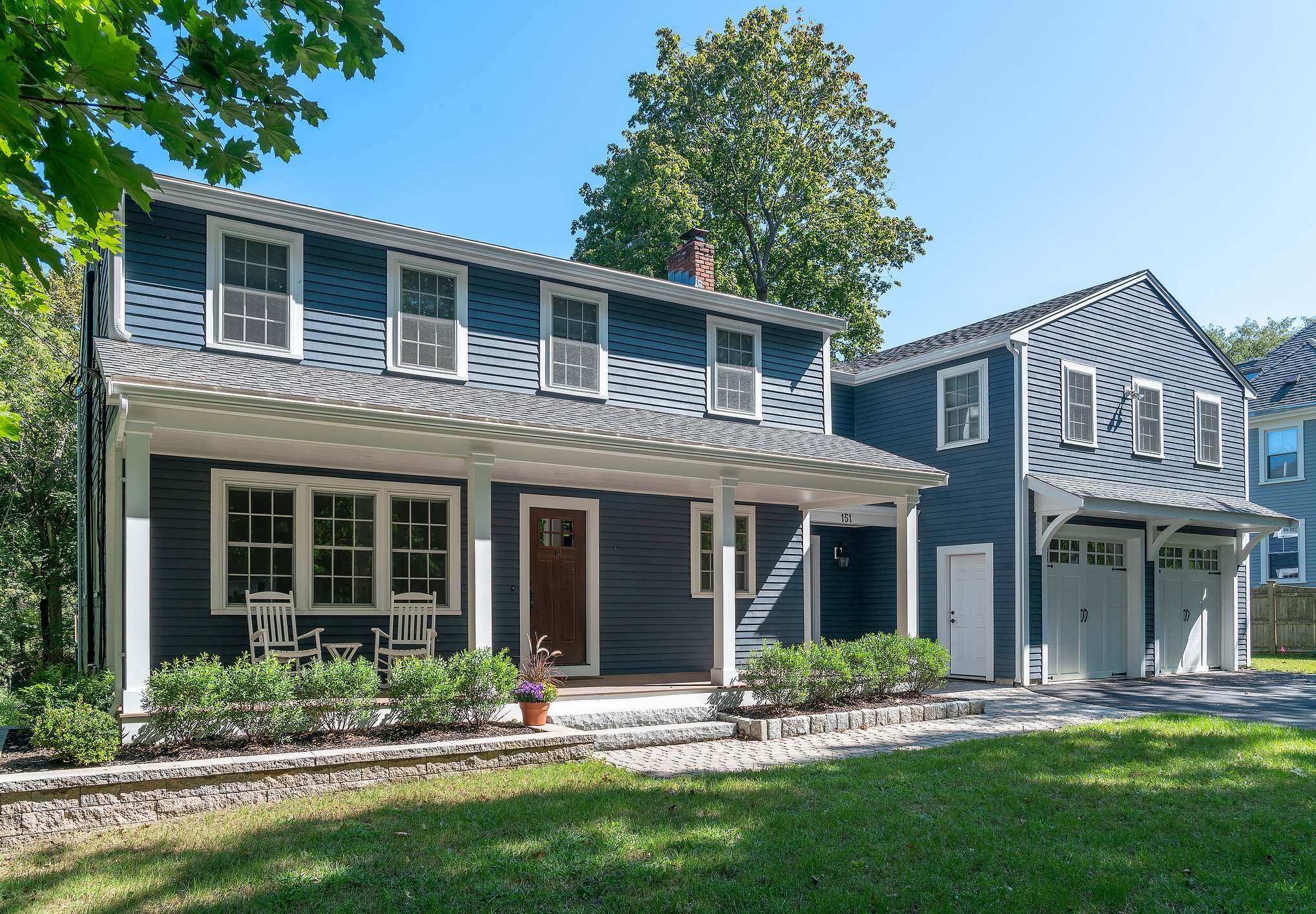
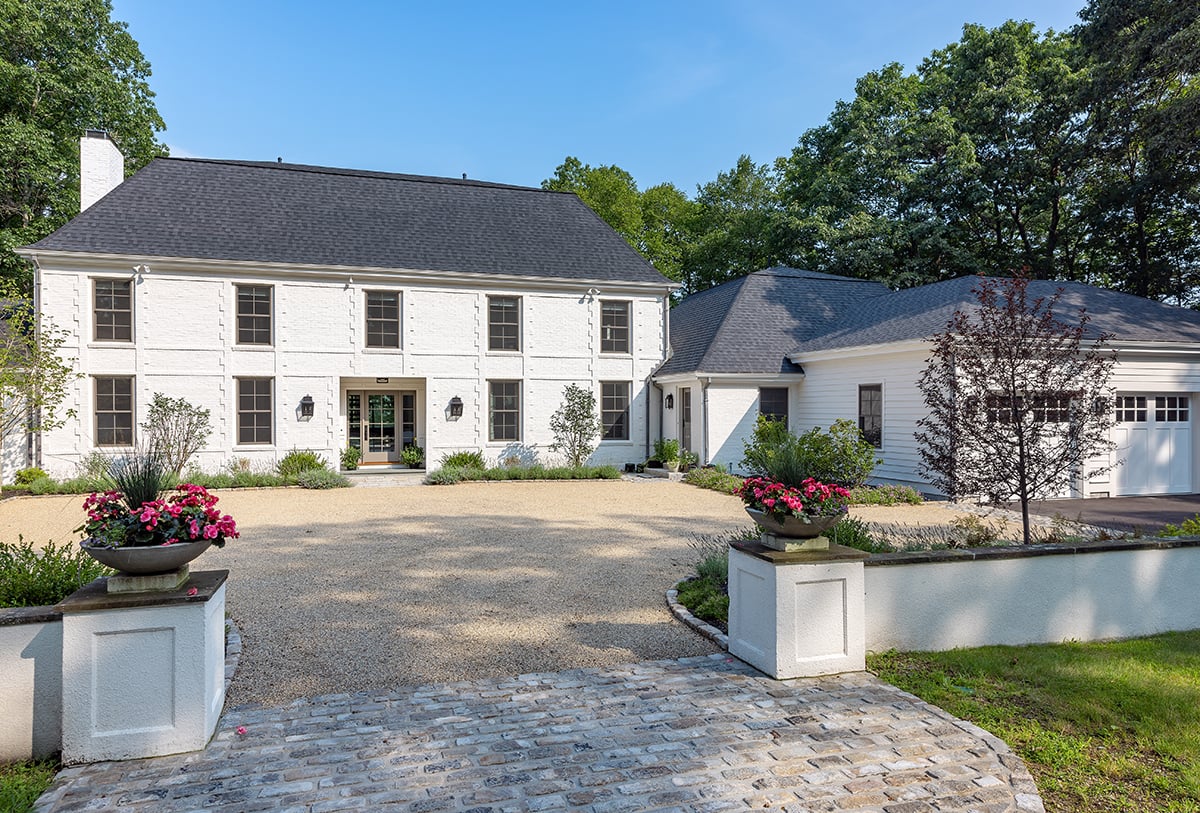
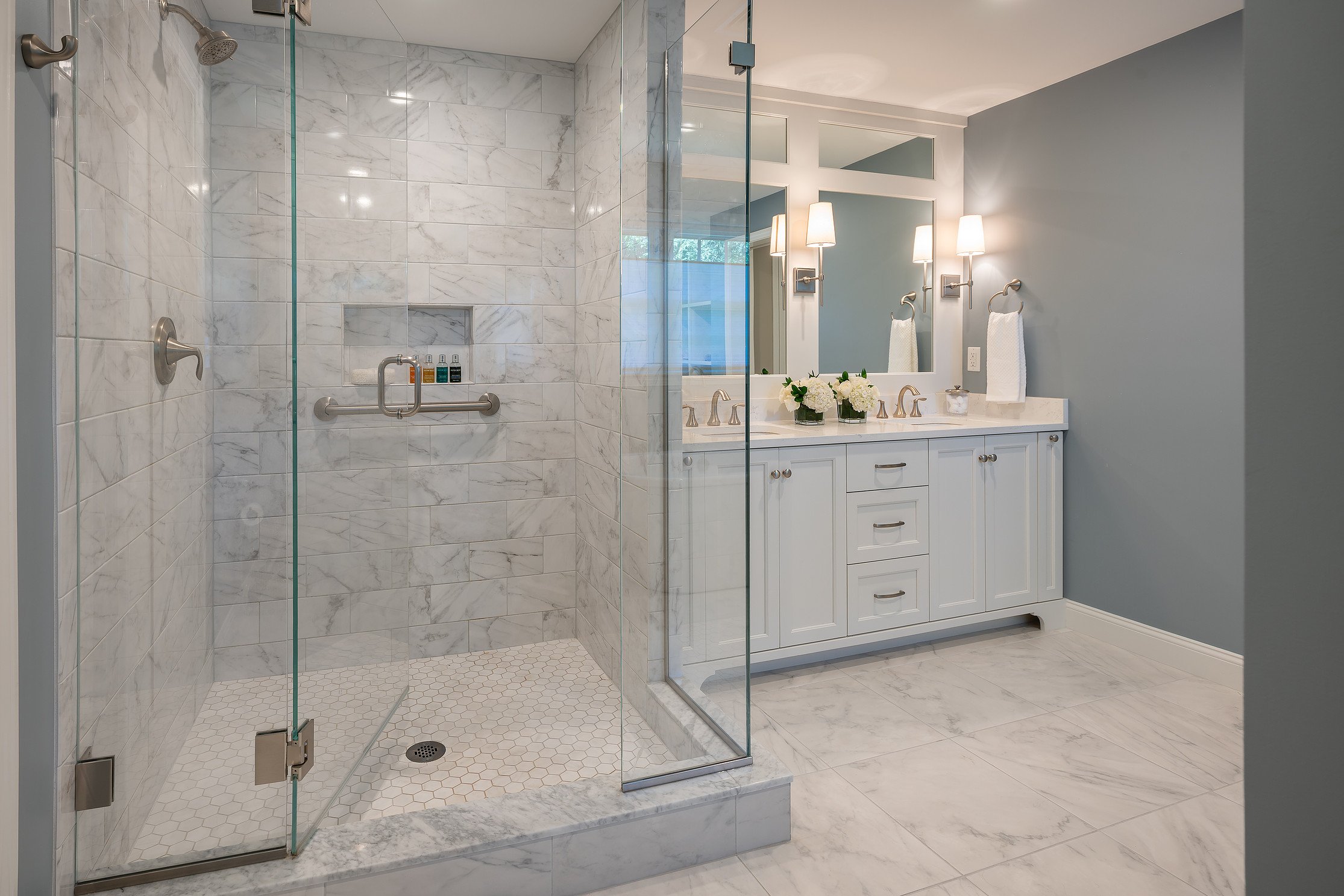
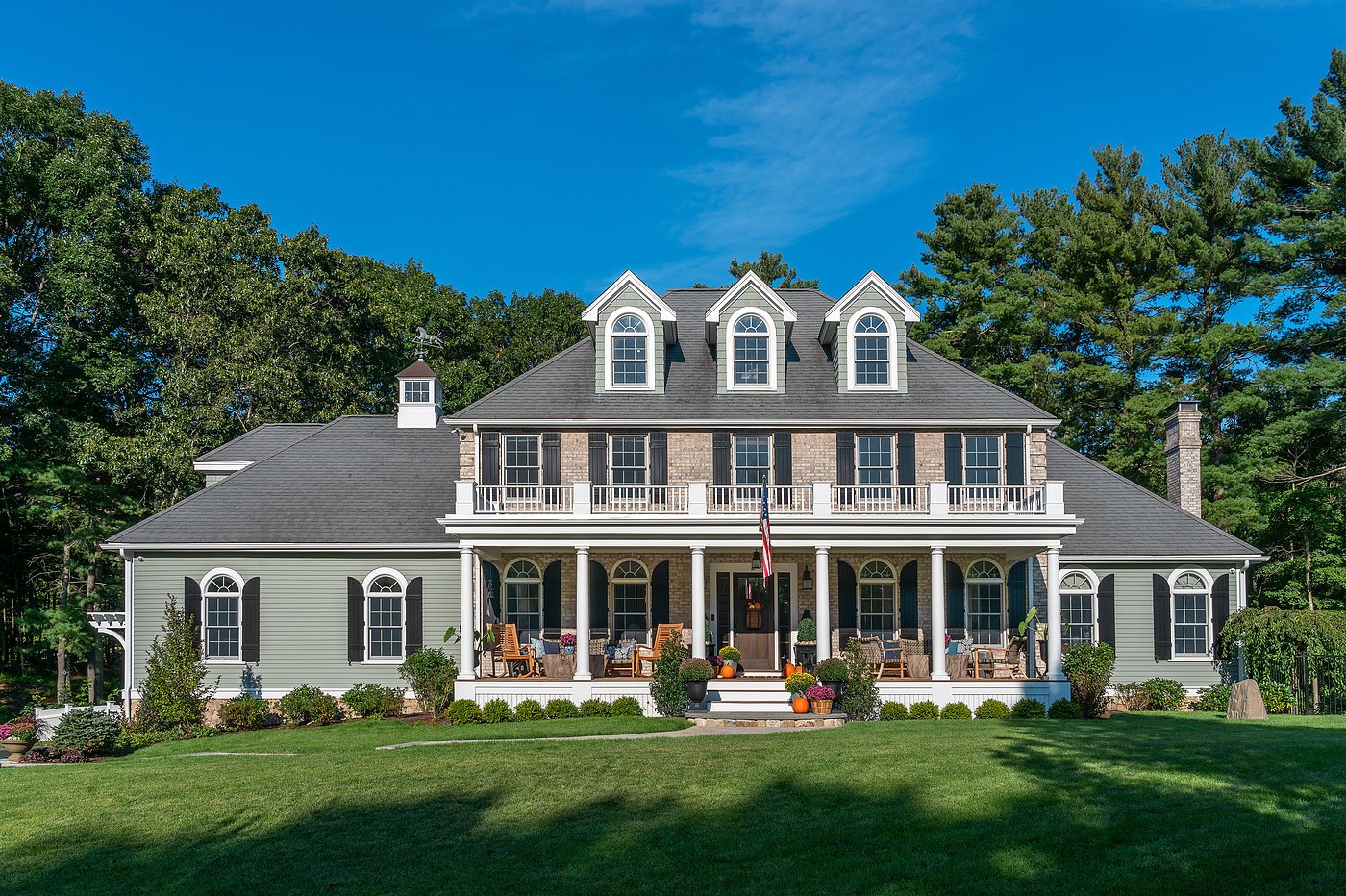
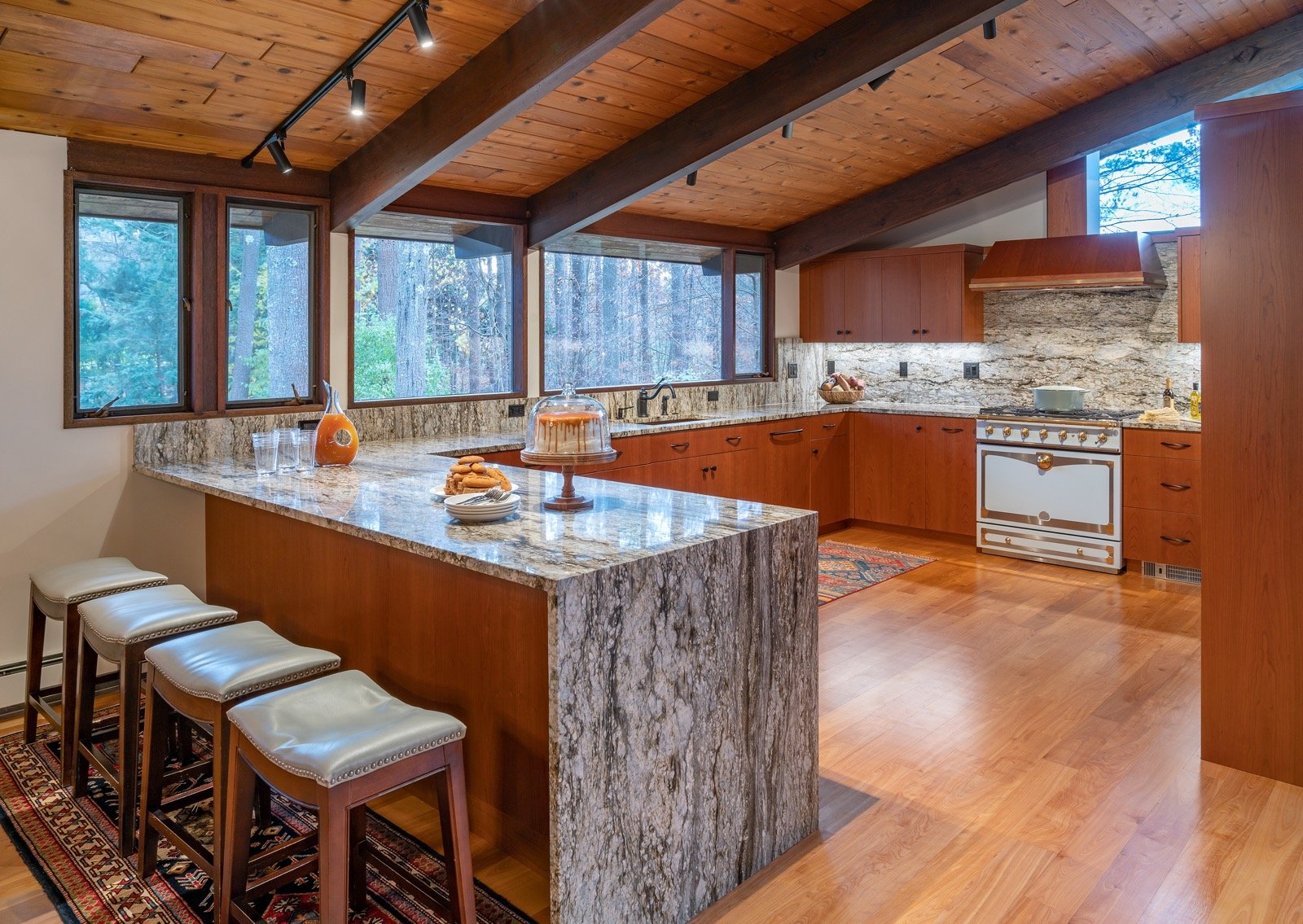
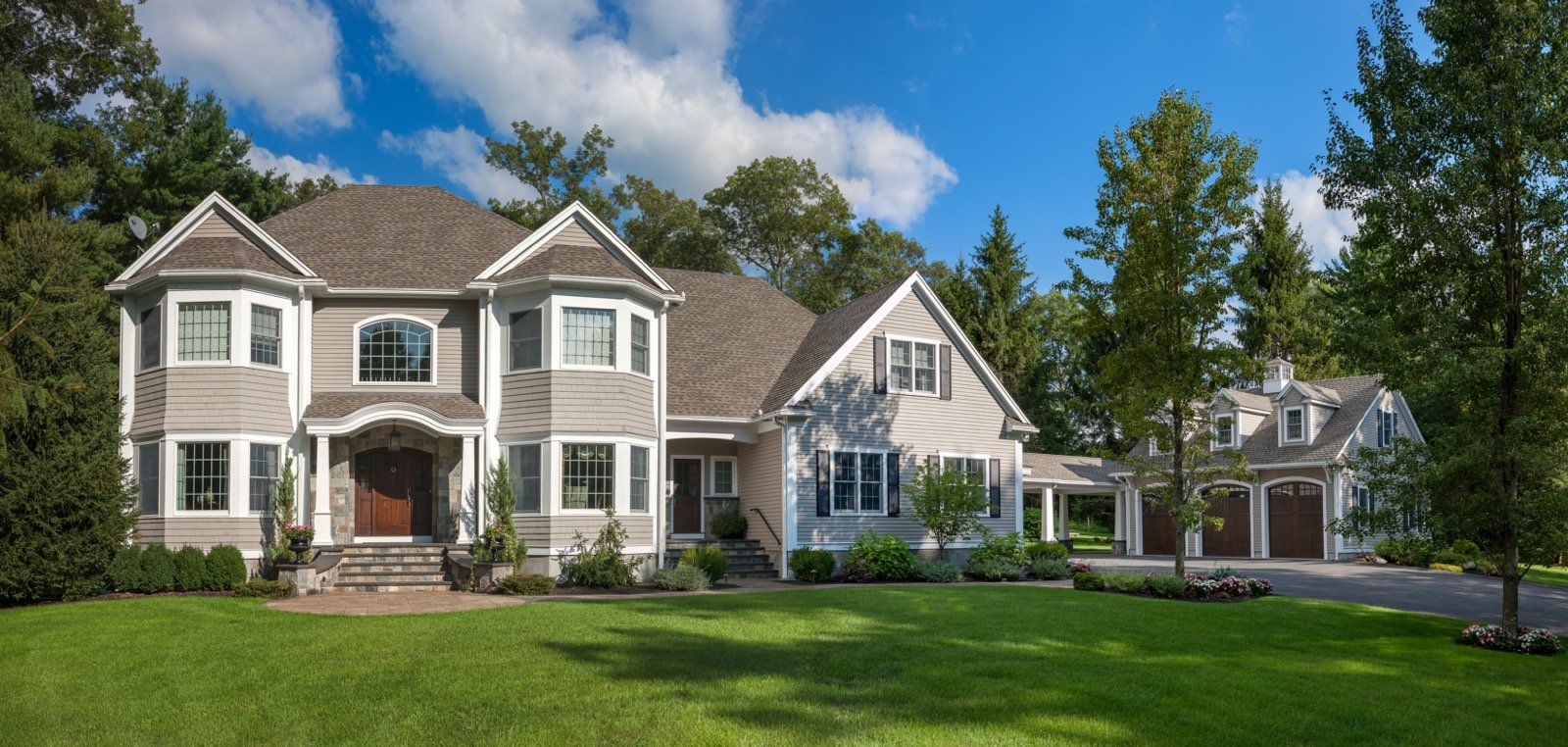
Leave a comment